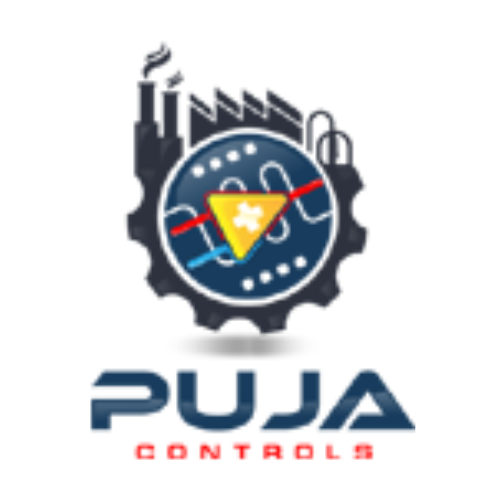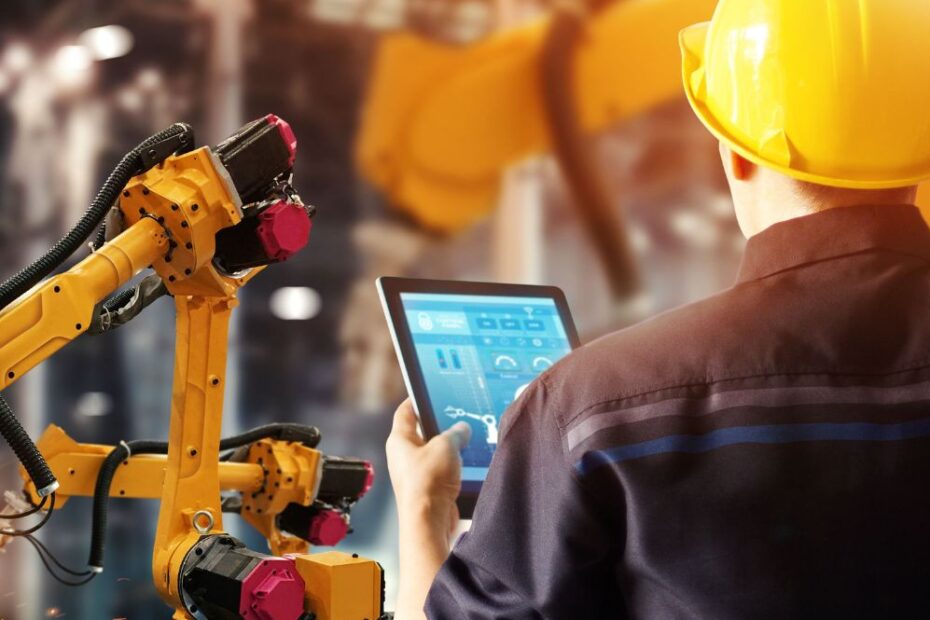In the dynamic landscape of industrial automation, SCADA (Supervisory Control and Data Acquisition) systems stand as a beacon of efficiency, orchestrating seamless control and monitoring across various sectors.
This blog explores the core features and functionality of SCADA industrial automation. As we delve into this transformative technology, we will discuss its application in monitoring and controlling diverse processes, the importance of real-time data acquisition, and its integration with cutting-edge technologies like IoT and cloud computing. Furthermore, we will shed light on the critical aspect of cybersecurity, ensuring the protection of SCADA systems from potential cyber threats.
Core Features and Functionality of SCADA Industrial Automation:
At the heart of SCADA lies a comprehensive set of features designed to facilitate effective industrial automation. SCADA serves as a centralized control system, collecting and processing real-time data from various sensors and devices. Its core functionalities include data acquisition, visualization, and control capabilities. This integrated approach allows operators to remotely monitor and manage industrial processes, promoting efficiency and proactive decision-making.
Monitoring and Controlling Processes:
SCADA’s significance extends to its ability to monitor and control diverse processes across industries. In manufacturing, SCADA ensures optimal production line performance, minimizing downtime, and optimizing resource utilization. In energy distribution, it effectively manages electricity flow, responding to demand fluctuations and maintaining grid conditions. Water treatment processes benefit from SCADA’s precision, enabling accurate chemical dosing and regulatory compliance.
This synergy of SCADA with PLC (Programmable Logic Controller) control panels revolutionizes factory automation. PLC control panels serve as the interface between SCADA systems and physical processes, streamlining coordination and enhancing operational efficiency.
Real-Time Data Acquisition and Visualization:
Real-time data acquisition is a fundamental strength of SCADA industrial automation systems. The ability to collect, analyze, and visualize data instantaneously provides operators with critical insights into process performance. Real-time visualization, often presented through intuitive graphical interfaces, enables operators to swiftly comprehend complex data.
This real-time functionality is not only a cornerstone for effective decision-making but also crucial for process optimization. The instantaneous access to critical data empowers operators to respond promptly to anomalies, adjust processes in real-time, and enhance overall efficiency and quality.
In parallel, let’s explore the benefits of implementing Robotic Process Automation (RPA) in your business. RPA streamlines repetitive tasks, enhances accuracy, and boosts productivity, creating a synergistic relationship with the efficiency-driven ethos of SCADA systems.
Integration with Emerging Technologies:
SCADA industrial automation systems do not operate in isolation; they thrive on integration with emerging technologies. The convergence of SCADA with IoT and cloud computing marks a new frontier in industrial automation. SCADA leverages IoT devices to create a network of intelligent endpoints, gathering data from various sensors. This data is then processed and analyzed in the cloud, offering scalability, flexibility, and enhanced storage capabilities.
The integration of SCADA industrial automation with LabVIEW software is especially noteworthy in the realm of pharmaceutical automation. LabVIEW brings a new dimension to control, monitoring, and data acquisition in pharmaceutical processes, aligning seamlessly with the capabilities of SCADA.
Security Measures and Protocols:
As SCADA systems become increasingly interconnected, cybersecurity takes center stage. Implementing robust security measures and protocols is imperative to safeguard SCADA systems from potential cyber threats. This includes strict access controls, encryption of data transmission, regular software updates, and constant monitoring for vulnerabilities.
Simultaneously, optimizing Electric Vehicle (EV) battery performance is a critical consideration. The integration of SCADA systems plays a crucial role in monitoring and enhancing EV battery performance, ensuring efficiency and reliability on the road.
Conclusion:
In conclusion, SCADA systems serve as the linchpin in effective industrial automation, offering a spectrum of features and functionalities that drive efficiency and precision. From monitoring and controlling processes in manufacturing, energy distribution, and water treatment to real-time data acquisition and visualization, SCADA’s impact is transformative.


Pingback: Automated Storage Systems - Maximizing Warehouse Space
Pingback: Exploring the Role of Green Power Monitoring in SCADA Systems
Pingback: Industrial Automation Solutions: Streamlining Processes - LabVIEW Software Experts for PLC System Integration and Poka Yoke Tools
Comments are closed.